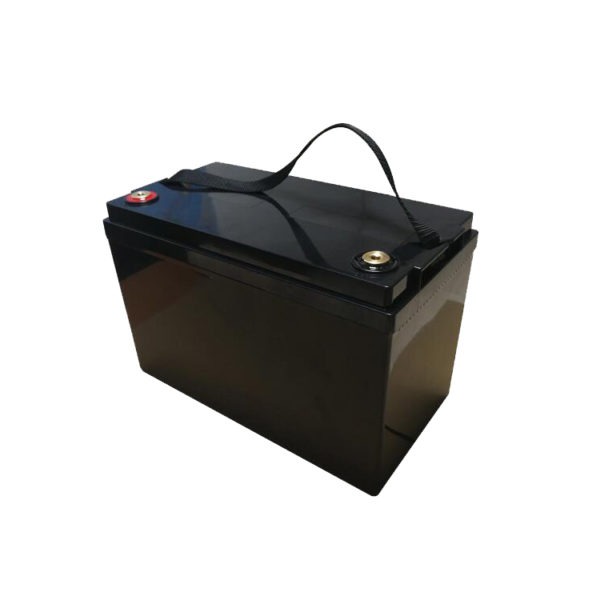A 36V/10Ah (360Wh) lead-acid battery weighing 12kg can travel approximately 50km on a single charge, recharge approximately 100 times, and last approximately 1 year. If a Lithium iron phosphate power battery is used, with the same 360Wh energy (12 10Ah batteries in series), it weighs about 4kg, can travel about 80km on a single charge, can be charged up to 1000 times, and has a service life of 3 to 5 years. Although lithium-ion power batteries are much more expensive than lead-acid batteries, the overall effect is better with Lithium iron phosphate power batteries and they are lighter in use.
Applications of Lithium iron phosphate power battery
1. Large electric vehicles: buses, electric cars, sightseeing vehicles, and hybrid electric vehicles. Electric vehicles
2. Light electric vehicles: electric bicycles, golf carts, small electric scooters, stackers, cleaning vehicles, electric wheelchairs, etc.
3. Electric tools: electric drills, chainsaws, lawnmowers, etc.
4. Toys such as remote-controlled cars, boats, and planes.
5. Energy storage equipment for solar and wind power generation.
6. UpS and emergency lighting warning lights and mining lights (best safety) and emergency lighting
7. Replacement of 3V disposable lithium batteries and 9V NiCd or NiMH rechargeable batteries (identical in size) in cameras. Rechargeable batteries (identical in size).
8. Small medical equipment and portable devices, etc. Small medical equipment and portable devices, etc.
Lithium iron phosphate power battery structure and working principle of the battery structure and working principle of the battery
On the left is the olivine structure of LiFepO4 as the positive electrode of the battery, which is connected to the positive electrode by an aluminum foil. In the middle is the polymer diaphragm, which separates the positive electrode from the negative electrode, but lithium ions Li+ can pass through but electrons e- cannot. Between the top and bottom of the battery is the electrolyte of the battery, which is hermetically sealed by a metal casing. liFepO4 batteries migrate Li+ from the positive electrode to the negative electrode through the polymer diaphragm during charging and Li+ from the negative electrode to the positive electrode through the diaphragm during discharge. Li-ion batteries are named after the lithium ions that migrate back and forth during charging and discharging.
LiFepO4 battery main performance battery main performance
LiFepO4 batteries have an operating voltage of 3.2V, an end charge voltage of 3.6V, and an end discharge voltage of 2.0V. The performance of LiFepO4 batteries may vary depending on the quality and process of the positive and negative electrode materials and electrolyte materials used by each manufacturer. For example, the capacity of the same type of battery (standard battery in the same package) varies considerably (10% to 20%).
Lithium iron phosphate (Cathodematerial)
Molecular formula LiFepO4, also known as lithium iron phosphate, lithium iron phosphate, or LFp for short (three-dimensional olivine structure)
The synthesis of lithium iron phosphate materials can be divided into two types of wet and dry methods, with the technical focus on formulation and firing control. Production plants are generally equipped with mixers, atmospheric firing furnaces, grinders, and sieves.
LiCoO2VSLiFepO4
The cathode material for LiCo batteries has a laminar structure, while LiFe batteries have a three-dimensional olivine structure, making the former prone to structural disintegration during fast charging or discharging, while the latter does not present problems during charging and discharging. Although the theoretical capacity of LiCoO cathode material is as high as 274mAh/g, it can only reach 151mAh/g in practice. Compared to LiFePO4 cathode material, the upper limit of theoretical capacity is only 180mAh/g, but in practice, it can already reach about 140-150mAh/g.
